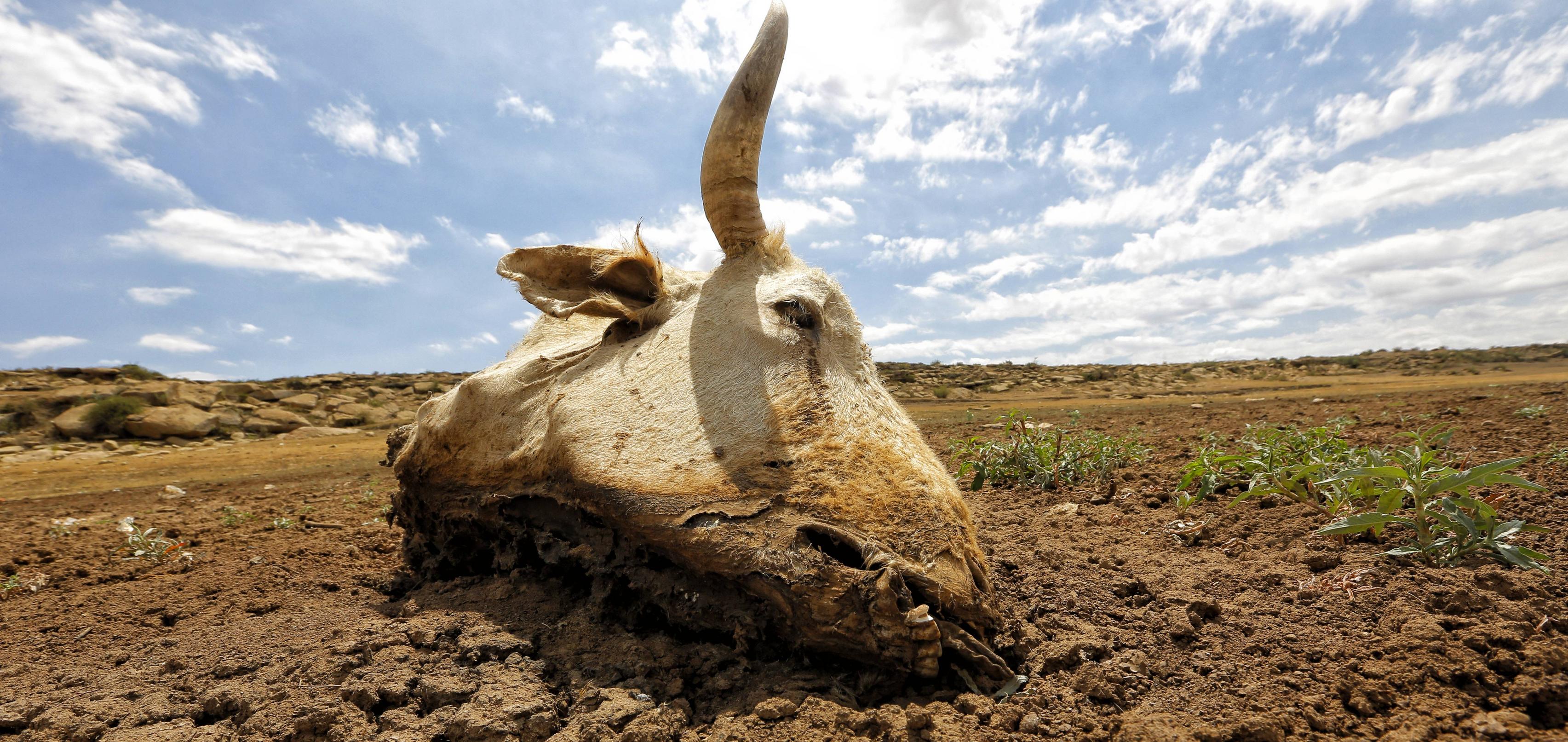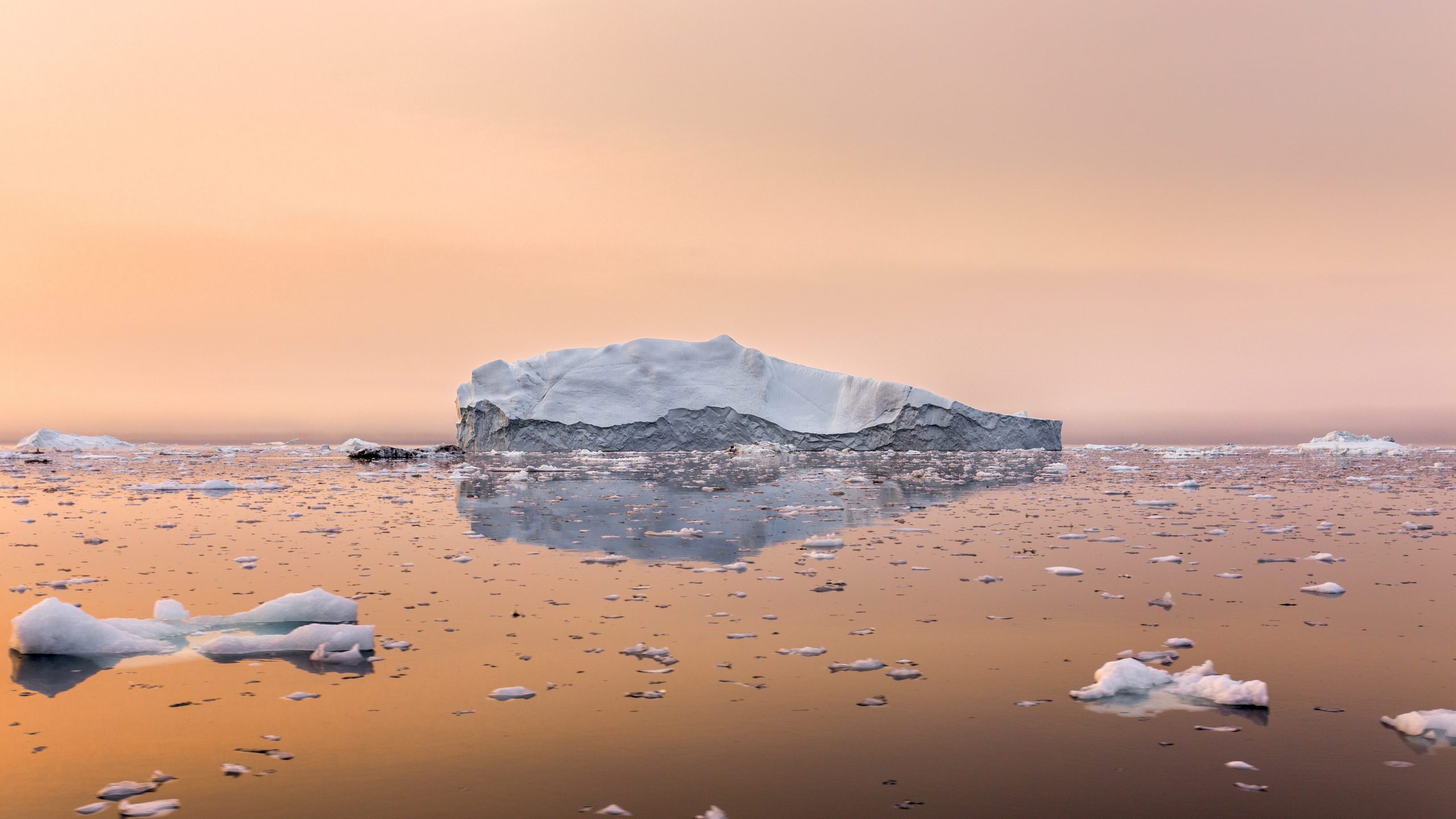
As the world's population grows, so does our need for food. The world faces numerous challenges when it comes to food security. These include rapid diet shifts, increased prices and overconsumption as well as inefficient supply chains. In addition, climate change will affect food production, distribution, and consumption in various ways. However, there are many opportunities to mitigate and adapt to the effects of climate change on food.

Climate-smart agriculture can be used to reduce emissions from livestock products. But these strategies will be useless unless they are paired with concerted action to reduce greenhouse gas emissions from agricultural practices. It is necessary to reform the global food system so that net food system emissions are minimized and responsible consumption and nutrition are promoted. It is also important to establish efficient data collection systems and develop a robust emergency food reserve.
It will also be crucial to develop technology that improves the efficiency of agricultural practices, and to create efficient post-harvest management and waste management systems. Scientists will also need to gain a better understanding of how diets can be used to reduce food loss and improve the health and well-being populations. The scientific community can play an important role in facilitating these activities. They can help you determine how to manage your dietary interventions effectively and what the best cost-effectiveness of these initiatives is.
Another important component of the scientific community's role is to develop global knowledge systems for sustainability. This system would combine information on human population dynamics, ecosystem services and agricultural practices into one comprehensive system. This information is vital for developing a food system which can withstand extreme climate changes.
Additionally, scientists can quantify and communicate climate change vulnerability in agriculture. They can encourage investment in agriculture by sharing information on the economic benefits associated with climate-smart agricultural techniques. This can also help eliminate some of negative effects of climate changes on food security. Scientists can also identify areas of geographic potential for greenhouse gas mitigation.

Although scientists have a lot to offer, a coordinated global response will require a complex and multidimensional effort. To succeed, governments, private business, and civil societies must work together. The government should ensure that policies are grounded in evidence and that research is conducted to identify the best policy solutions. To achieve this, governments should form common platforms, such as national and international climate change and food security committees. The private and public sectors should invest equally in sustainable, low-waste supply channels.
The scientific community can also support the development and implementation of a multi-disciplinary, coherent understanding of food insecurity. This understanding will help to develop strategic and flexible investments, as also to create evidence-based policy options. These areas include how to optimize dietary interventions, improve the nutritional quality of diets, the most effective ways to manage food loss and the most cost-effective methods to reduce food wastage.
FAQ
What is climate change and how does it occur?
Climate change refers back to the long-term shifts occurring in global weather patterns as a result of an increase in greenhouse gases. These gases trap heat, leading to global temperature rises that can result in a range of climate and weather changes. This can include rising sea levels, melting glaciers, extreme storms and droughts, widespread coral reef bleaching, species extinction, and disruptions to food production.
Human activity is the main factor in climate change. This includes burning fossil fuels to generate electricity and transport, cutting down forests and raising livestock. The planet is heated faster when these activities release large amounts carbon dioxide (CO2) than natural processes, such as volcanic eruptions. These activities also produce more CO2 than volcanoes.
Another major contributor to the global greenhouse gas emission is deforestation. It accounts for around 15-20%. It releases the stored carbon dioxide into the atmosphere when trees are chopped down or burned. Additionally, forests act a natural carbon source that absorbs CO2 into the atmosphere. Without this capacity, carbon dioxide levels in the atmosphere will continue to rise with devastating effects for ecosystems around world.
The release of CO2 into the atmosphere is not the only effect of human-caused polluting. Other harmful gasses like methane, CH4, and nitrous dioxide (N2O), are also emitted by humans. Methane has been extensively employed in industrial processes. It contributes significantly to the atmosphere's warming. While N2O can be emitted primarily by agricultural soil management activities, such as tilling or fertilization which release excess nitrogen to soil.
To limit climate change, we must collaborate across economic, political, and social institutions in order to reduce our emissions and transition away fossil fuel dependence towards renewable energy sources. Replacing technologies that use polluting fossil fuels with smart solutions that promote zero-waste living could be an effective approach to decreasing atmospheric contamination while simultaneously reducing heating due to CO2 accumulation. We can take responsibility for how we impact the environment and begin to mitigate it. Preservation measures such as reforestation help preserve biodiversity while also absorbing large amounts of harmful CO2 back into the natural world. This is a powerful way to address climate change and restore balance for future generations.
What are the causes and consequences of climate change?
Climate change is a global phenomenon that has been driven by an increase in human-generated greenhouse gases emitted into our atmosphere, primarily due to fossil fuel burning for electricity and transportation. These emissions cause more of the sun's warmth to be trapped in Earth's atmosphere, leading to rising global temperatures.
Climate change can also be caused by population growth, land clearing, destruction of ecosystems and energy consumption, over-grazing, and deforestation. This further decreases the number natural carbon sinks that absorb CO2 in the atmosphere. Climate change can also be caused by natural forces like changes in solar radiation.
This combination of human activities results in Earth exceeding its ability to balance its energy budget. The result is an average global increase of 1° Celsius since pre-industrial days. Because oceans absorb the majority of heat energy, glaciers are more likely to melt than they ever form. Other damaging consequences include water scarcity and droughts or extreme weather events like floods and hurricanes caused by frequent heavy precipitation on saturated soils.
To protect ourselves from further damage, it is essential for us to reduce our carbon footprint and start curbing our emissions now so that we have a fighting chance against the already significant impacts of climate change. It is crucial to reduce our dependence of fossil fuels for electricity generation and invest in renewable sources, such as wind turbines/solar panels. These do not emit any harmful chemicals into the environment. You can also restore some balance in these delicate cycles of the planets that sustain us, such as reforestation.
What does the role of greenhouse gases contribute to climate change?
Greenhouse gases are a key factor in climate change. They act like an invisible blanket around the Earth, trapping infrared radiation and warming the atmosphere. Without them, the Earth would be much colder today than it is today.
Human activity is responsible for the emission of greenhouse gases. This includes burning fossil fuels and other industries. These activities will continue to increase heat trapping in the atmosphere. This will lead to increasing temperatures and extreme weather conditions.
Carbon dioxide (CO2), the most potent greenhouse gas, is released by fossil fuels like gas, oil, and coal. Major contributors to climate disruption are methane (CH4) as well as nitrous dioxide (N2O) and fluorinated gases (F-gases).
Due to human activities, the concentration of greenhouse gasses has increased dramatically since preindustrial time. Global warming has resulted in an increase of temperatures around the world and in our oceans. It is also causing drastic changes, such as increased storms, droughts, melting glaciers and rising ocean levels.
To avoid further damage from climate change, humans need to reduce their emissions of greenhouse gases by transitioning away from fossil fuels towards renewable energy sources like solar or wind power. You can also reduce greenhouse gas emissions by reforestation and adopting farming methods that allow soil to absorb more carbon dioxide from the atmosphere. These activities will help lower atmospheric concentrations of greenhouse gases and create a healthier environment for all life on Earth.
How does climate change impact marine life and oceans around the globe?
What are the impacts of climate changes on the oceans, and marine life worldwide?
Since its inception climate change has significantly affected the world's oceans as well as the marine life associated with them. The depletion of the ozone layer, which causes constant oceanic warming, has caused major disruptions to marine ecosystems. This has led to coral bleaching and a decline in species.
Climate change also causes unpredictable weather conditions and stronger storms. These extreme surges can be deadly for coastal areas. Furthermore, changes in temperature may reduce oxygen levels in water systems resulting in "dead zones" where abundant marine life becomes sparse.
Ocean acidification is also caused by carbon dioxide that is released into the air and then accumulates in the seas. Ocean acidification causes an increase in pH which affects the vital functions of animals such as crabs, clams, and oysters that cannot adapt to changing conditions.
Higher temperatures can also change the location or shrinkage of natural habitats, making them less suitable for some species. Ocean stress increases already high extinction rates worldwide, creating a severe imbalance of predators and prey which might lead eventually to complete extinction.
All ecosystems are affected by climate change. This can be directly or indirectly via evaporation, water volume reductions or sharp temperature shifts. These changes could have a devastating effect on sustainable development of marine activities and fisheries. Global climate change continues to wipe out entire species of life on Earth, transforming our future lives not only on the land but also deep below the oceans' surface.
What role can the energy sector play in climate changes?
The role of the energy sector in climate change is immense. Global warming is caused by the release of carbon dioxide into the atmosphere. This traps heat and causes an increase in Earth's average temperature.
This requires energy sources to move away from carbon emitting sources like natural gas and coal, and instead shift towards renewable energy sources, such solar, wind, or geothermal. This change can be made by government policy, incentives, and investments in innovative technology, such as hydrogen fuel cells. Businesses and households can both reduce their carbon footprints while also lowering their electricity bills by investing into infrastructure that supports this use of renewable resources.
Other methods include transitioning away from polluting transportation options like petroleum-fueled cars and moving towards electric vehicles or public transport. Governments can help lead society's transition from oil-based infrastructures to cleaner alternatives by funding research into battery technologies and encouraging consumers to make investments in cleaner modes.
Additionally, companies must implement green business practices within their operations to reduce overall carbon footprints by implementing better insulation systems for offices or implementing energy efficiency plans for production facilities. This can reduce operational costs dramatically while improving environmental performance metrics.
These initiatives must be promoted not only at the company but also at government level in order to be effective. By increasing taxes on pollutants, individuals are encouraged to abandon harmful practices. However, this will not force them to outcompete polluters financially. In addition to creating a sustainable market for products with low carbon content, vouchers and subsidies for these products will be provided to encourage continued sustainability efforts. It is important to recognize that tackling climate change takes a lot of effort from both the private and public sectors.
Statistics
- According to the 2014 report on Climate Change Impacts, Adaptation, and Vulnerability (page 8) from the United Nations Intergovernmental Panel on Climate Change, governments at various levels are also getting better at adaptation. (climate.nasa.gov)
- This source accounts for about 10% of all the water that enters this highly productive farmland, including rivers and rain. (climate.nasa.gov)
- This source accounts for about 10% of all the water that enters this highly productive farmland, including rivers and rain. (climate.nasa.gov)
- The 100 least-emitting countries generate 3 per cent of total emissions. (un.org)
- features Earth's average surface temperature in 2022 tied with 2015 as the fifth warmest on record, according to an analysis by NASA. (climate.nasa.gov)
External Links
How To
How to make Your Home more Energy-Efficient and Reduce Climate Change
It is possible to make your home more energy efficient, reduce your carbon footprint and save money on your utility bills.
You must ensure that your home is properly insulated. Check for drafts, ensure doors and windows are properly installed, and then seal any gaps or cracks with caulking.
Insulate walls, ceilings and floors for maximum energy efficiency. You should inspect your attic and other areas for leaks.
Lighting can account up to 18% for household electricity consumption. Switch to LED light bulbs to save up to 80 percent over traditional incandescent bulbs. Additional money can be saved by installing motion sensors, timers, and turning off lights only when needed.
The cost of replacing an old furnace or boiler can be reduced dramatically by using newer models that are more efficient. Get a programmable thermostat to adjust the temperature depending on whether people are at home or not.
All windows should be replaced by double-glazed units that are more energy efficient and less heat escaping. Low-flow showerheads, which are low in water consumption, can be bought. They maintain an adequate pressure level and reduce water usage.
ENERGY STAR rated appliances are more efficient than non-certified models and can use as much as 50% less power. Don't forget about small details such as unplugging electronic devices like phone chargers or TV boxes when not in use - this could save you a significant amount of energy over time!
These steps can make living at home easier and less stressful.